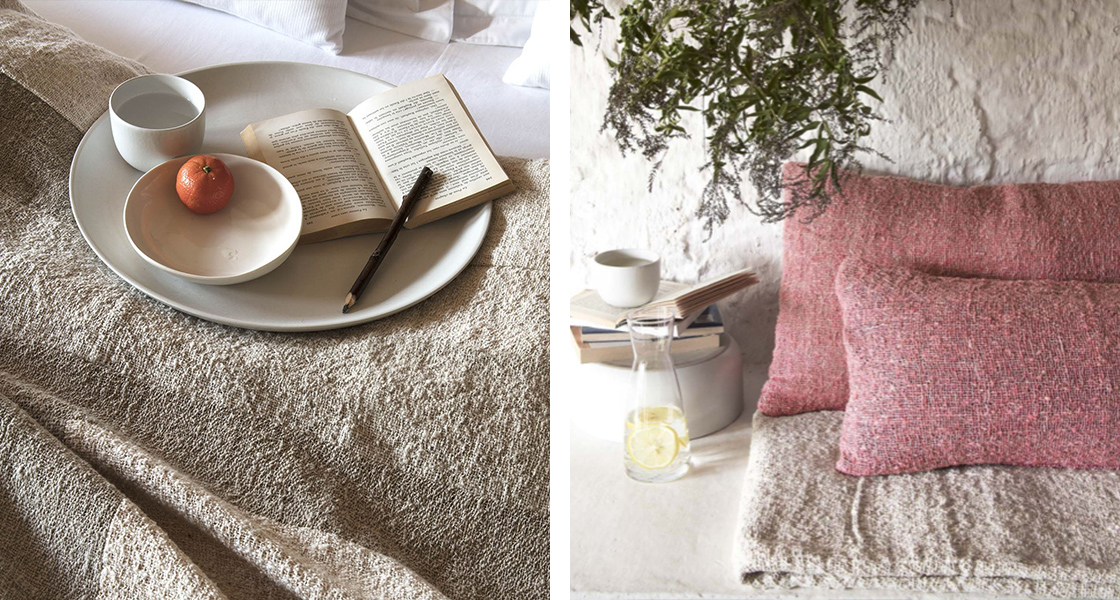The spotlight-stealing power of fine crafts
Published on 30 June 2023
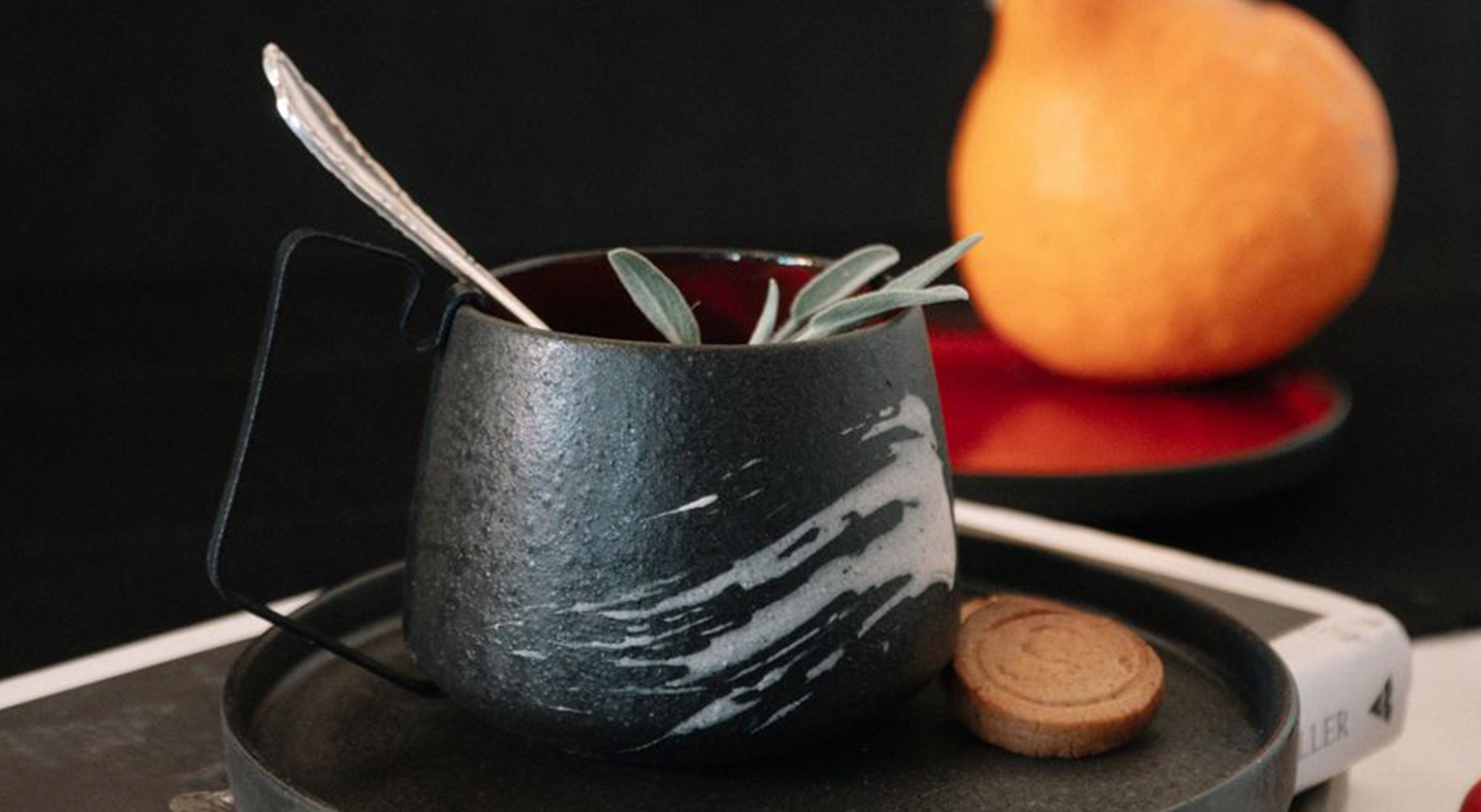
Exuding individuality, celebrating creativity, creating a more premium vibe: more than ever before, fine crafts are giving consumers exactly what they want with an ever-more attractive and exacting range of products.
This September, the whole of the trade fair’s Unique & Eclectic sector will nestle beneath the soft light of Hall 8 designed by French architecture agency Lacaton&Vassal, whose two founders were awarded the prestigious Pritzker Prize two years ago. François Bernard points to another change: "Over the past 10 years, the sector has made a significant shift towards one-of-a-kind creations”. As an Art Director and member of the Maison&Objet observatory, he can pride himself on having an almost historical vision of the way in which the fine craft market has evolved, serving up sensitive pieces that he has long since highlighted in his edits.
Wow-worthy craftsmanship
"Initially, people travelled across the globe to have products made. They transported them back in their suitcases along with antiques, sometimes bringing back some truly extraordinary pieces from China and beyond. But that gradually became less common, and around fifteen years ago we started seeing more and more beautiful fine crafts that were increasingly well made, catering to an ever-more demanding clientele, with exhibitors coming from Tunisia, Morocco and Central America”. The products showcased today are far more high-end, such as Valentina Hoyos’ objects produced by Colombian artisans, or the pieces crafted by Best Before drawing on South Korean, Polish or Brazilian expertise. "There has been a shift from the airport buys of 30 years ago, which were purchased in bulk on Asian markets, to more choice pieces," summarizes François Bernard.
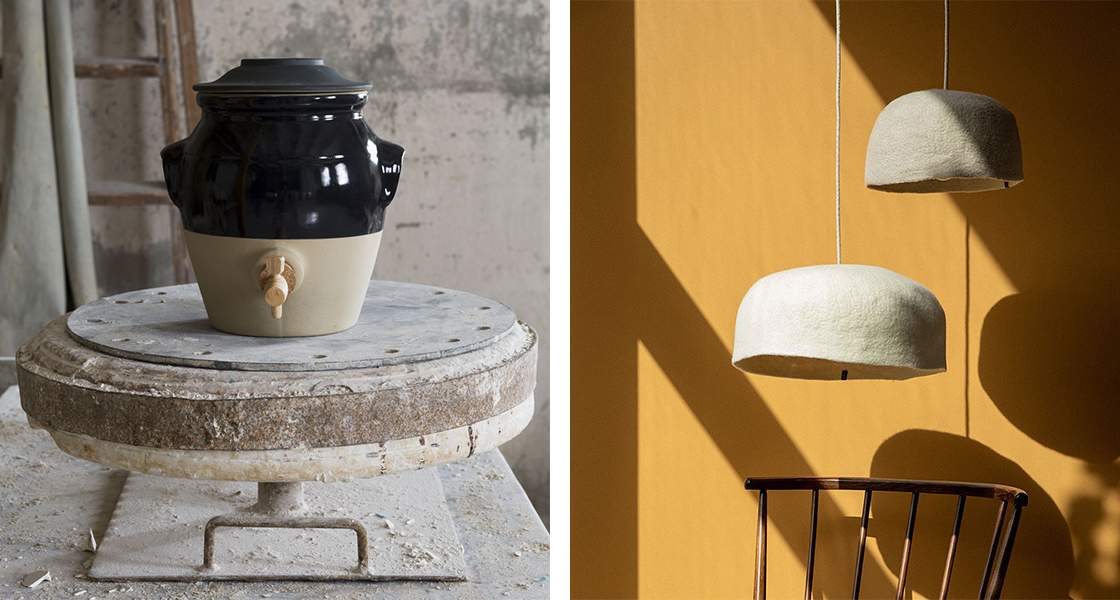
One-of-a-kind pieces and high-end manufacturers
The other shift has come from the relocation of craftsmanship, with a return to French and European production. We are now seeing both one-of-a-kind pieces – "Hall 5 has changed a lot, in a good way. The Craft sector, dedicated to fine crafts, has really been ramped up," comments our informed observer – and objects that can be distributed more widely. Not only are we witnessing the return of exquisite manufacturers such as Digoin, whose stoneware and pottery production has been courageously revived by Corine Jourdain Gros, but we are also seeing Portuguese ceramics and French and northern European textiles enjoying a resurgence. The market has unequivocally become more quality-focused and eclectic, be that for one-offs or larger production runs. "It is then up to the buyer to assemble their own edit of objects and create their own concept store. The space becomes almost gallery-like, filled with carefully curated pieces, displayed in a highly considered way”, Bernard continues, seemingly describing Régis Godon-Dilla’s approach to the letter.
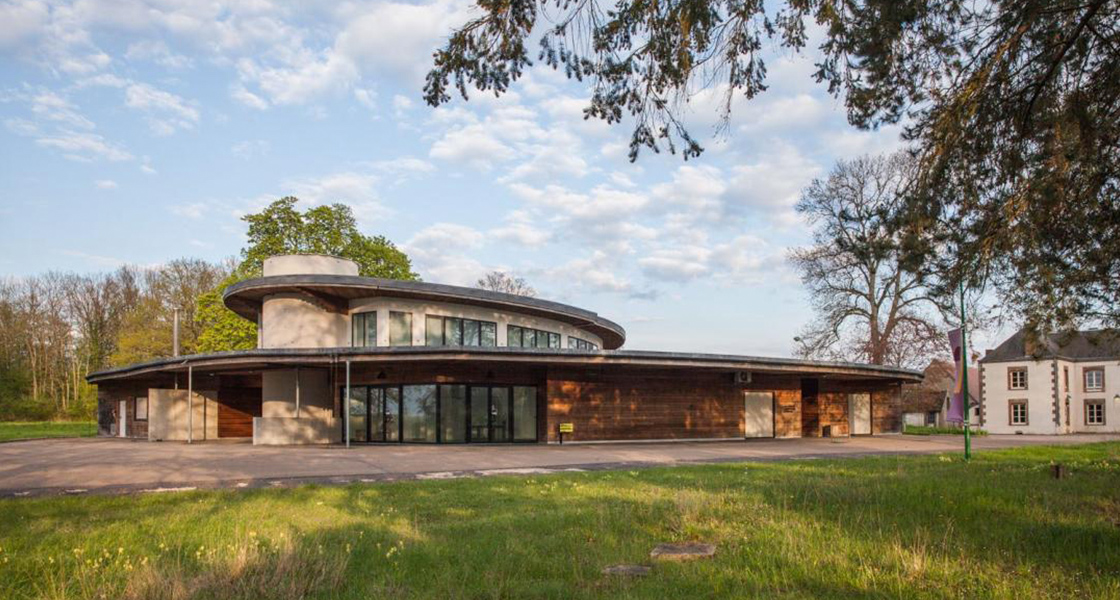
Concept stores
His boutique, Ailleurs, is located near the Faubourg Saint-Antoine district in Paris, once a mecca for fine crafts and notably cabinetmaking. Having collaborated with the concept store Merci for a good many years, he was keen to return to an edit that focused on fine crafts and flea market finds. With that in mind, he went knocking on workshop doors. "I had my heart set on working directly with the artisans themselves so that I could explain their work to customers. People used to be happy to simply purchase artisan creations. Today, they are interested in the story behind the piece. It adds value to their buy. Customers find it reassuring – they know what they're getting." That story is often a blend of creativity and expertise, written by both designer and artisan.
Expertise and creativity
Having lived in Shanghai for years, Sophie and Thomas Dariel witnessed “a seismic shift back to a demand for expertise on the part of consumers” very early on. "China is overflowing with artisan workshops that produce silk, embroidery, ceramics or woven bamboo," says Maison Dada's communications director, Sophie. Craftsmanship imbues and inspires the work of both their interior design agency Studio Dariel and their design house Maison Dada, which is now a firm fixture on the Parisian design landscape having opened its first boutique.
The Dariels’ relationship with fine crafts took on a totally new dimension on launching the MaNa Campus two years ago, which welcomed
its first "manaists" this year. As a designer, Thomas had a longstanding dream to create a design school, and he wasted no time in making that happen when the perfect opportunity arose: the possibility to take over a former vocational training centre in an idyllic spot in Burgundy, a region that boasts a wealth of artisans and designer-makers. The idea behind the Campus is to create more flexible, richer links with artisans against a backdrop of ever-changing demands.
Those who take part in the training sessions are architects, designers and graphic designers, themselves all seasoned professionals. They head to the Campus to be guided by artisans and gain a hands-on insight into ceramics, woodwork and metalwork in workshops equipped with both traditional tools and state-of-the-art equipment. "Lots of them say they are keen to gain a better understanding of the work accomplished by the artisans who execute their designs, and the relationship they have with the material. They won’t necessarily use the techniques themselves, but intellectually, it will allow them to better understand the ins and outs of the collaboration,” explains Sophie.
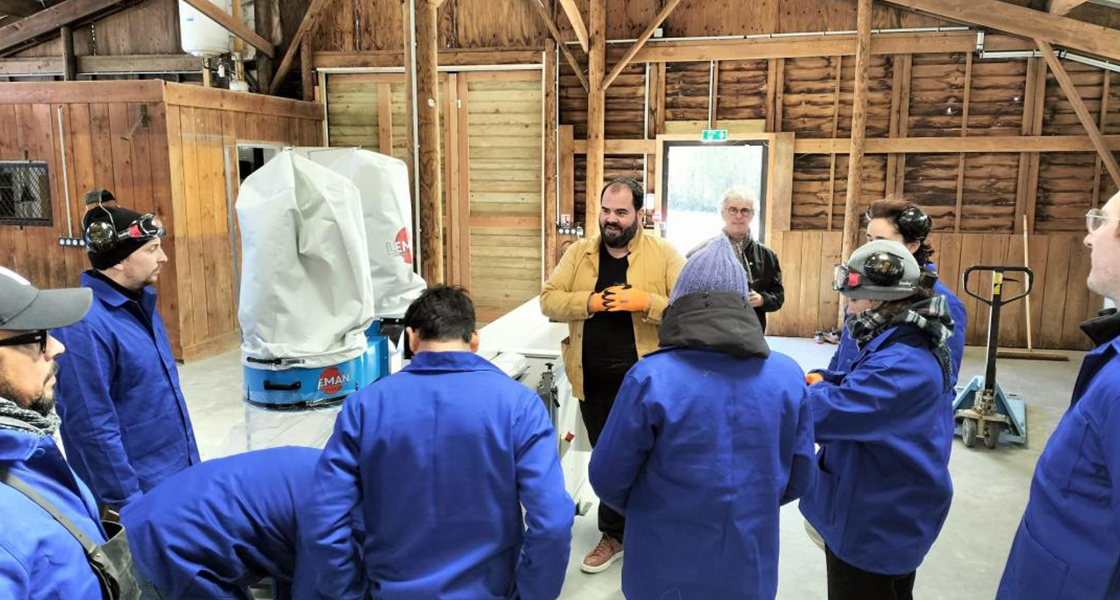
Objects of desire
If any more proof were needed of just how brightly fine crafts are shining today, we should simply glance in the direction of... fast fashion. "I realized that an artisan I was working with had produced a collection for Zara Home. The brand had used sepia photos to draw attention to his pieces, with his small production run being used to entice buyers into the store where they could primarily purchase industrially manufactured objects," recounts the founder of the shop Ailleurs. Or when fast deco piggybacks on fine crafts to make its products more meaningful.
